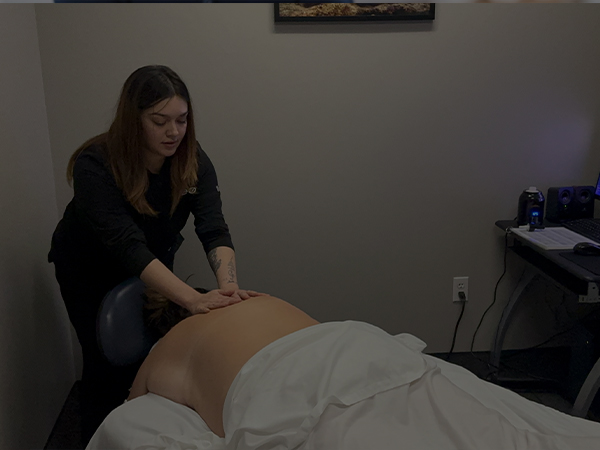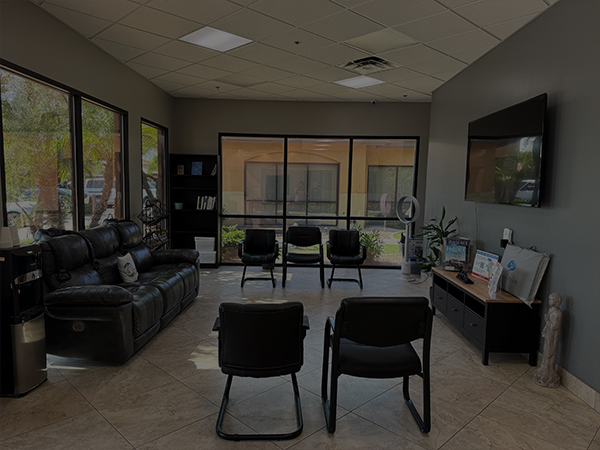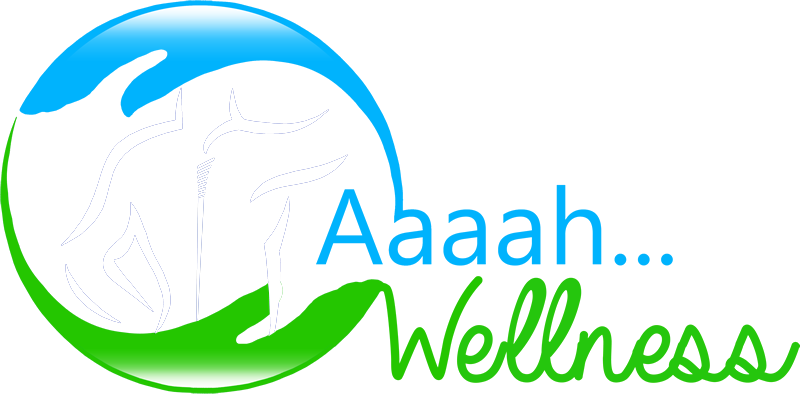
The impact of a significant injury can ripple through an athletes life. From mild sprains to ligament tears, several athletes have improper treatment (and in some cases zero rehab) which can cause an improper healing and recovery process.
Preventing injury is our number one rule.
Ask yourself or your athlete:
1. Is proper stretching and warm up part of each workout?
2. What part of every day is dedicated to injury prevention?
Core Strength
Balance
Stretching
3. What does the recovery phase look like post training?
Physical Therapy
Soft Tissue
Spinal Manipulation/Adjustments
4. How is nutrition improving upon performance and recovery? Is there anything causing inflammation or improper recovery?
Dietary Allergies
Genetic Predispositions
Supplementation
5. Is “overtraining” possible for athletes of any age?
Signs:
Poor sleep
Poor appetite
Reduced sex drive
Untreated injuries:
Treating injuries should be handled immediately. The longer an athlete waits to seek treatment, the more likely their injury is healing incorrectly. Oftentimes people will experience a minor (sometimes severe) injury and leave it untreated. An example could be a tear in a tendon in your shoulder, knee, elbow or other joint. Initially this injury will cause lots of inflammation. As time goes on and the inflammation goes away, the tendon has tried to heal itself but the collagen has formed in an abnormal pattern. This attempt of healing the injury without help can cause the long term pain that many people experience.
Is surgery always the best option? Every injury and person is unique so this question is impossible to answer in a blanket statement. However, considering less invasive options and conservative therapy should always be considered as a first line of treatment. Surgery can risk nerve damage, improper recovery/healing, infection, long recovery time and more. Recovery after surgery is often times painful and often requires an opioid medication which had potential to lead to addiction.
Regenerative medicine’s role in treating injuries:
What’s the fastest and most effective way to get back to performing at 100%? This is the question everyone with an injury wants to know. Most surgery takes months, even years to fully recover from. Using regenerative medicine is an advanced and minimally invasive option. With a generally shorter recovery time and less invasive procedure, many athletes are turning to regenerative medicine before considering elective surgery. By using your own body to heal itself, regenerative medicine completes a more natural cycle of recovery and rehabilitation from injury.
Less Recovery Time
Natural Option
Less Risks (Nerve Damage, Complication, Infection, Opioid Use)
While some treatments like steroid injections can also provide a short term relief, it is proven that these steroid injections can have long term damage and destroy cartilage and tissue. The pain relief will happen, but likely if taken long term, there is a price to pay which may leave you open to further injury.
What is your goal, and what are you experiencing?
Whether you or your athlete fit into one of these categories, Aaaah Wellness would like to work with individuals in the community constantly striving for advanced performance and recovery.
Recovering From an Injury / Rehabilitation
Enhancing Recovery & Performance
Learning About Genetic Testing & Impacts of Nutrition





